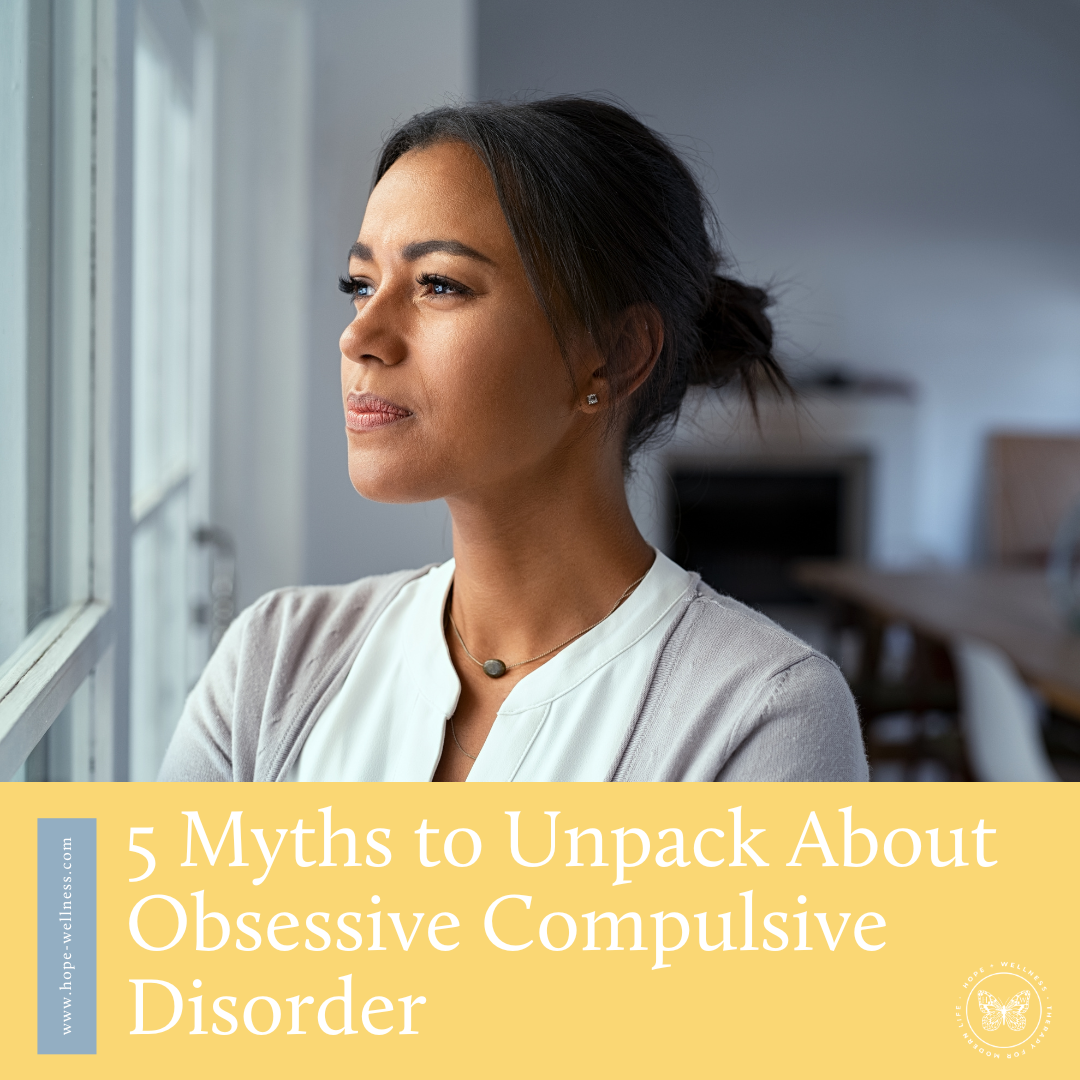
Hope +Wellness Blog
little snippets of advice for everyday challenges many people share

Thanksgiving Survival Guide
Thanksgiving is nearly here, and with that can come a lot of complicated emotions. If you’re feeling anxious about the upcoming holiday season, kicked off by Thanksgiving this week, you’re not alone. To help, we’ve gone through our blog to date and gathered up posts we think will help you get through this season.

7 Tips for Dealing With Travel Anxiety
If travel triggers anxiety for you, you’re not alone! There are things you can do to manage travel anxiety and still enjoy your trip.

6 Practical Ways to Cope with Post-Election Anxiety
Your feelings post-election are valid, including anxiety for what’s to come. These are a few ways to cope with post-election anxiety.

7 Tips for Coping with Parenting Stress
Are you struggling with stress as a parent? Explore ways to cope with parenting stress and anxiety so you don’t feel so burned out.

The Psychology of Fresh Starts: Embracing Change in the New Year
With the start of a new year just a few days away, it’s a good time to think about your relationship with change.

Managing Racing Thoughts That Keep You Awake
Have you ever been trying to fall asleep, but your thoughts just wouldn’t stop? One minute you were sleepily dragging yourself under the covers, and the next your heart was pounding and your thoughts were racing and your breaths were coming in short and quick? Racing thoughts aren’t uncommon–we all deal with them from time to time

5 Myths to Unpack About Obsessive Compulsive Disorder
Our common understanding of what Obsessive Compulsive Disorder (OCD) is often based on misconceptions about the disorder. Let’s unpack myths about OCD to better understand this condition.

5 Ways to Deal with Rumination
When you get stuck in a never ending loop of negative thoughts about a situation, you might be ruminating. This distressing pattern of thinking can be hard to break out of, but there are things you can do to help yourself when you find yourself stuck in rumination.

5 Coping Strategies to Try When You’re Feeling Anxious
Managing anxious thoughts is hard work. It’s not going to be a simple one-size-fits-all solution. And while your therapist will definitely be able to work with you to determine what coping strategies are the most useful for you, it’s helpful to have a few already in your back pocket to try.

Exploring Perfectionism and Being Ok With ‘Good Enough’
Perfectionism doesn’t always manifest itself in real life the way it’s depicted in the media. One powerful way to fight against the idea of perfectionism is the idea that we can be good enough. We don’t have to be perfect, and perfection isn’t an achievable goal. We can learn to be okay with being good enough.
Hope+Wellness is a mental health practice specializing in the treatment of depression, mood, stress, and anxiety in kids, teens, and adults. This is a blog about living well and finding meaning and purpose in the face of difficult challenges. This is a blog about finding hope.
Archive
- ACT
- ADHD
- Acceptance
- Anxiety
- Authenticity
- Belonging
- Bipolar
- CBT
- Calming
- Change
- Chronic Illness
- Chronic Pain
- Communication
- Community
- Coping Skills
- DBT
- Dating
- Depression
- EMDR
- Emotions
- Entrepreneurs
- Friendship
- Gratitude
- Grief
- Health Psychology
- Hope
- Inspiration
- Intimacy
- Intuition
- Joy
- Letting Go
- Love
- Manic Depression
- Mindfulness
- Miscarriage
- OCD
- Parenting
- Personal Growth
- Positive Vibes
- Quotes
- Relationships
- Resources
- Self-Compassion
- Self-Reflection
- Services
- Sleep
- Spirituality
- Stress Management
- Stress Relief
- Suffering